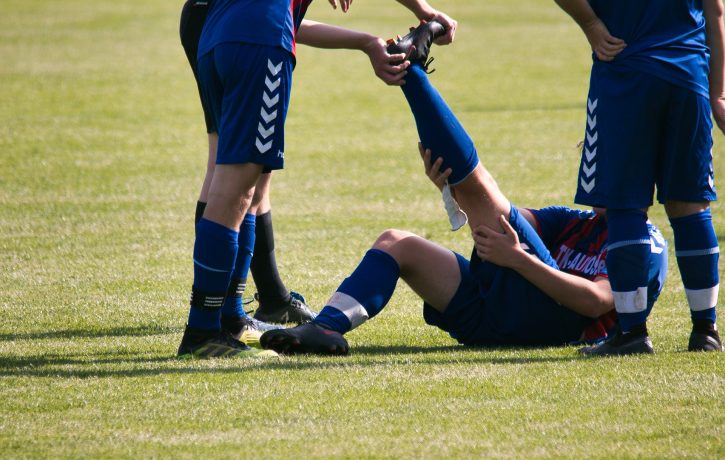in Joints & Muscles, Sports Physiotherapy
What You Should Know About Leg and Knee Pain

When it comes to leg and knee pain, it is generally believed that too much activity contributes to the cause and that rest is the best way to manage the symptoms of pain. However, there is much evidence now that activities, such as running, do not negatively impact our knee joints and can actually stimulate cartilage turnover thus allowing for a healthier joint than would have been without the regular activity.
Pain is one of the most commonly reported and prominent factors responsible for physical inactivity in patients with knee osteoarthritis. This impairment in physical activity associated with knee pain has negative implications for aerobic power and cardiovascular health, therefore, patients with OA are at particular risk of poorer overall health outcomes.
Moreover, muscle weakness, caused by prolonged rest secondary to knee pain, usually results in increased joint stiffness, decreased range of movement and pain when involved in daily activities. Reduced thigh muscle strength, associated with persistent knee pain, is well documented. There is also a correlation between more significant weakness in the thigh and increased levels of pain and suffering.
Patients with knee arthritis experience persistent pain and show a declining ability to use their joints normally, which consequently weakens the muscles further. Hence, these destabilise the joints and reduce the physical functions of patients; further, the motions required for the person’s daily activities become restricted.
Although conventionally we perceive arthritis as a degenerative condition with joint pain being the symptom of wear and tear of the cartilage, studies now provide convincing evidence that inflammation plays a far larger role in the pathophysiology of arthritis over and above cartilage wear. In both animal models and in humans, arthritic disease progression is associated with synovial inflammation over and above cartilage wear and tear.
Research has also shown a correlation with lower mood and reduced sleep hygiene as predictors of greater levels of suffering due to pain which may be considered predictive of future pain and may actually affect disease progression and inhibit treatment. If low mood and depression intensify the perception and experience of pain, then the comorbidity may indirectly lead to increases in functional disability and can become a vicious cycle and downward spiral.
Onset of Knee pain -> -> disability and less activity -> -> muscle weakness->-> increased disability and negative impact on ability to complete daily tasks and enjoyment of life->-> Lower mood and potentially depression->-> increased suffering and higher levels of pain->-> reduction in motivation to be physically active ->-> more significant muscle weakness ->-> increased joint stiffness and pain.
The answer is to remain as physically active as possible even when we experience pain. We may need to reduce the impact of exercise due to pain, but no avoid it altogether. Pain induces fear of damage or further harm yet the research around pain and the way humans interact with painful sensation determines it as a message of protection, not harm yet we are inundated with messages that “pain is danger” and should be avoided, not engaged with. Those that engage with pain, even when injured suffer significantly less. Obviously, they still have pain, which is unpleasant, but it does not seem to cause the same anxieties and stress that those that are fearful and avoidant of pain suffer with.
If you are concerned about these types of injuries and need help with strategies to improve your quality of life then contact The Body Matters on 01702 714968, where we can direct you to Matthew Oliver.
- Deepen Embodiment: Somatic Breathing with the Realization Process - 20th June 2025
- How Massage Transforms Muscle and Physical Health - 16th May 2025
- What is Traditional Chinese Medicine (TCM)? - 29th April 2025
